#Private Label
Text






#bbc x private label#private label#bbc ice cream#billionaire boys club#kaws#kaws made#human made#human made x kaws
13 notes
·
View notes
Text
At Brand-Mart, we are driven by a story of ambition, innovation, and a passion for empowering both manufacturers and retailers in the dynamic world of commerce. Our journey began with a simple but profound realization, born out of firsthand experience.
3 notes
·
View notes
Text
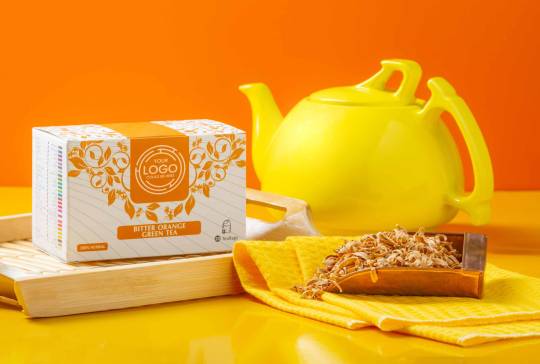
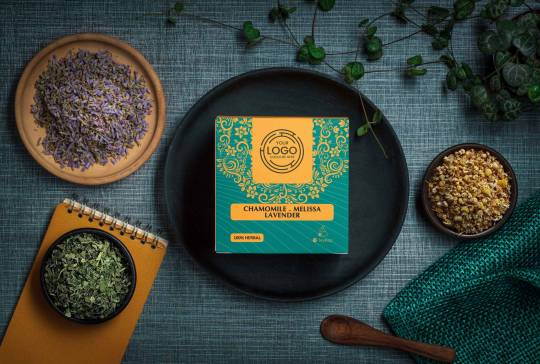


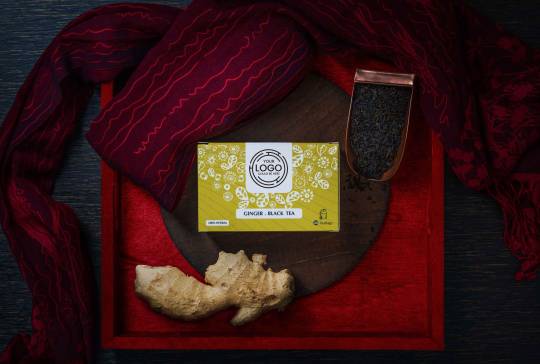
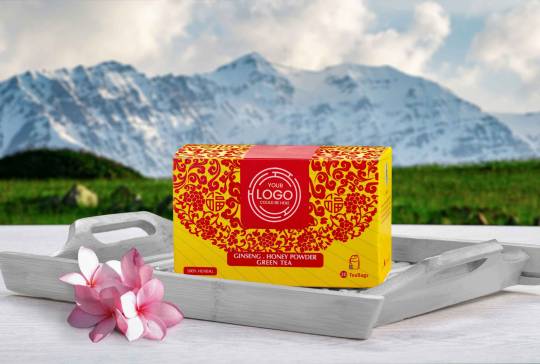
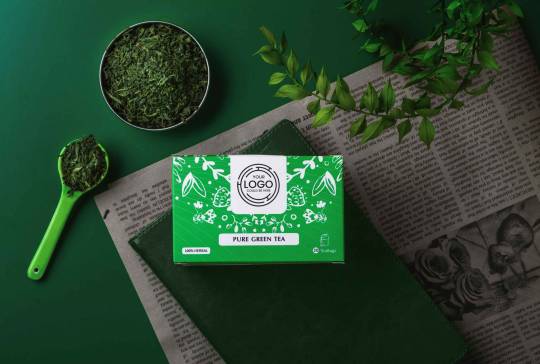




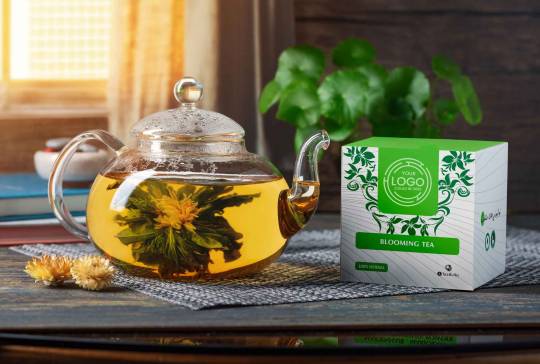
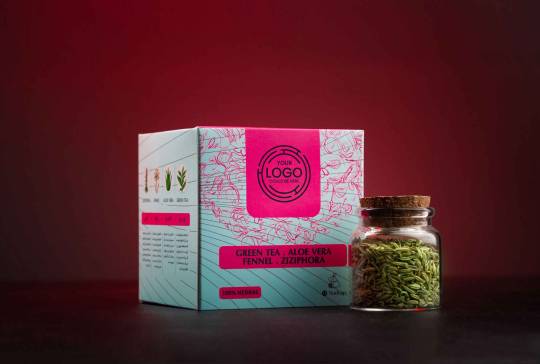





2 notes
·
View notes
Text

"I don't got a home phone number, I live on the road" -Jadakiss

#nike#fashion#nikes#nyc#kicks#nikehead#size13#new york#sneakers#sneakeraddict#private label#jordan 1#jordan3#lost and found#reimagined#gorge green#sneakeraddiction#sneakerart#sneakerculture#kicksdaily#kicksoftheday#Drew League#basketball
6 notes
·
View notes
Text
Private labels taking share from national brands
Consumers continue to opt for private label products while developing new behaviors such as switching brands more often, picking products whose price is lower, and buying products in bulk rather than individually. Data also show that sales of private label products are growing at three times the rate of brand name products.
(more…) “”

View On WordPress
2 notes
·
View notes
Text
Keeping It Private
It was while suffering through my dissertation focusing on supermarkets that I came to have a deep and abiding love for the product variable in the marketing discipline. I had to spend hundreds of hours traveling to, and interviewing with, supermarket managers across the state of Indiana, all in the name of exploratory research. This was necessary before I could even begin to dive in to creating the real study.
That study wound up being an effort to model the corporate buyers’ purchasing process. It’s a hidden part of business that average consumers never consider, because we just find our stuff on the shelf, and go home. But how did they get to the shelf in the first place?
It’s a complicated process, and by the time those products do hit shelves, all four of the 4Ps have been used. It all begins with the corporate buyer being approached by salespersons bearing samples and literature to try to sway the buyer to adopt the item or items.
And in the supermarket business alone, there are now up to 30,000 new items each year, while the typical modern grocery “only” has room for 45,000 different ones. That means there is an ongoing battle waged by makers of new items to nudge out makers of old items, knowing all the while that many products are mainstays and will never be nudged.
Now consider when the retailer is an e-commerce provider. They are not as physically bound as supermarkets, if only because warehouses tend to be much larger, and it doesn’t cost anything to add yet another item to a website. But there are still limits at some point, not the least of which is the cost of holding inventory.
As for the types of products supermarkets carry, they range from the truest of innovations (which often get approvals if only because they are unique at least for a while), down to me-toos (effectively imitating some other manufacturer’s item), line extensions (like new flavors), short-term promotional items (like Pepsi Peeps), and private labels.

And it is the private labels that are getting a lot of attention these days. They’ve been around since at least the 1950s in groceries, and are “house brands” that are usually of good quality, but sell for significantly less than national brands. They are commonly manufactured by those same national brand manufacturers, who are selling off unused capacity. In some instances, though, there are food and beverage companies that only do contract manufacturing.
The result is the same: a brand unique to a chain, and—here is the important part—typically given premier status. You can’t bump these from the shelf.
Because, you know, it’s theirs. Of course they are going to treat it the best.
It has been during this inflationary cycle that shoppers began preferring private labels. But now, three in four shoppers report they plan to continue buying private labels after the economy settles. They are buying them now out of necessity, but as should have been happening all along, are finding them to be of similar quality and value compared to their national favorites.
Already, Amazon has a large assortment of private label products, and six weeks ago, GoPuff, an online seller of household basics, announced theirs. Multichannel retailers like Target and Walmart have doubled down on theirs as well. Often, these retailers have several different “brands” of their own, not just one.
Private labels, in spite of having lower retail prices, often have higher margins for their sellers. It makes perfect sense to push these. And the reasons they have lower retail prices range from seldom if ever being advertised, to the fact that they are buying someone else’s unused capacity.
Most shoppers don’t even realize how many private label products surround them. In clothing the triple play of Gap, Banana Republic, and Old Navy all feature private labels. In fact, the entire stores and brands are private label. That’s another way of saying that the store is the brand. Other clothing retailers, like Dillard’s, feature a mix of branded garments and private label.
Back in the grocery business, Trader Joe’s and Aldi, which are related because of their common German family lineage but are actually still distinct, both feature about 85-90% private label products. The remaining handful are recognizable brands. In both cases, though, shoppers trust TJ’s for their quality, and Aldi for their low price.
I find all of this intriguing, because when I started down this academic road in the mid-1980s, private label products were only a step above the so-called generic foods, both stigmatizing the buyer as being someone of lesser means to buy the more common national products. But the bubble of that stigma has been burst of late. Shoppers are not worried so much about what others think about their cart’s contents, and more about being able to avoid having to return an item to the shelf once they get to the check stand.
Little did I know that I could make a career out of focusing on just one of the 4Ps, but I have done just that. And every semester I get to tell the same old stories, and repeat the same basic lecture material.
Because some things never change, never grow old. Except me, of course. And I am about as private label as they come.
Dr “Copyright 1959“ Gerlich
Audio Blog
2 notes
·
View notes
Text
🤔 Handmade Fan Lashes vs. Premade Fans: A Comprehensive Comparison for Lash Artists
🔍 Struggling to decide between handmade and premade fans? Handmade offers total control and customization, while premade saves time during application. Find out which one is best for your clients!
————————————————————
𝐂𝐡𝐚𝐫𝐦𝐋𝐚𝐬𝐡® - 𝐓𝐨𝐩 𝐆𝐥𝐨𝐛𝐚𝐥 𝐰𝐡𝐨𝐥𝐞𝐬𝐚𝐥𝐞 𝐞𝐲𝐞𝐥𝐚𝐬𝐡 𝐞𝐱𝐭𝐞𝐧𝐬𝐢𝐨𝐧 𝐦𝐚𝐧𝐮𝐟𝐚𝐜𝐭𝐮𝐫𝐞𝐫 𝐢𝐧 𝐕𝐢𝐞𝐭𝐧𝐚𝐦
👉 Our official account @charmlashvn
👉 DM us now for samples/orders
👉 WhatsApp: +84 944 185 000
👉 Email: [email protected]
👉 Customize samples as request
👉 Our lashes are made of high-quality Korean PBT Fiber, cruelty-free, no animals testing
👉 We offer private label service with free design, OEM/ODM
👉 Worldwide shipping via DHL, FedEx, and UPS
#LashFans#HandmadeFans#PremadeFans#LashArtist#LashExtensions#lash extensions#false lashes#eyelashextensions#lash tips#beauty tips#this is a girlblog#charmlash#lashes#eyelashes#beauty#private label wholesale supplements#wholesale#private label#oem odm
0 notes
Text
Mechanic GLOVES S7-01-02 Surkhab7

Mechanic GLOVES
Art No: S7-01-02
Custom Made Products Manufacturer By Surkhab7
For inquiry Email Or Whatsapp
+92 301 6165522
#Gloves#Mechanic Gloves#hand gloves#LEATHER GLOVES#GLOVES MANUFACTURER#leather gloves manufacturer#SURKHAB7#exporting gloves#exporter#corporate#businesses#business#strategy#manufacturer#CUSTOM MADE#PRIVATE LABEL#WHOLESALER GLOVES#MECHANIC GLOVE#MECHANIC LEATHER GLOVES
0 notes
Text
Private Label
Formulas of similar standards guide their aim,
Private labels borrow from big brands‘ brews.
Stocked side by side, so subtly the same
Retailers don their distinct disguise,
Stocked side by side, so sublty the same.
Even as whispers of quality occasionally arise.
Private labels match or surpass inferiority’s claim,
Generic gems rival branded royalty’s crowns.
In aisles, it’s substance over…

View On WordPress
1 note
·
View note
Text
Private Label Perfume
Trilogy Fragrances LLC specializes in crafting bespoke scents tailored to your brand's identity with our Private Label Perfume service. We offer personalized fragrance formulations, packaging, and branding solutions, allowing businesses to create signature scents that resonate with their target audience. Our team of experts ensures top-quality ingredients and meticulous attention to detail, delivering unique olfactory experiences that set your products apart in the market. Elevate your brand with Trilogy Fragrances' Private Label Perfume service.
0 notes
Text
2 notes
·
View notes
Text
At Bo International, we provide high-quality private label men’s grooming products. We produce grooming sets in bulk for our B2B clients. They come in the form of oils and gels as per their requirements. The natural fragrances integrated into them make them skin-friendly and safe.
0 notes
Text
Elevate your performance with our exclusive collection of sportswear designed for the ideal Marathon Clothes. With an emphasis on comfort, style, and performance, our apparel is created to help athletes realize their full potential. Whether you're training or competing, you can count on our superior materials and imaginative designs to see you through to the finish line. Increase the awareness of our brand by using equipment that is special and appropriate for Marathon Clothes. Join forces with us for unmatched performance and flair at every turn.
#Private Label Athletic Wear#Private Label#Athletic Wear#Private Label Athletic Wear manufacturer#Private Label Athletic Wear wholesaler
0 notes
Text
Yes, Some Brands Still Matter, But Consumers Are Looking to Trade Down
Private label sales are increasing every quarter, but national brands dominate some categories. That could change as more retailers experiment with new private-label products. With private-label products, sale volume, in units, may decline, but profitability may increase substantially.
Continue reading Yes, Some Brands Still Matter, But Consumers Are Looking to Trade Down

View On WordPress
0 notes
Text
Food For Thought
It’s a familiar refrain in my blogs, one my students will pick up on after a few weeks of reading. To know me is to know I am a storyteller. I love to hark back to my wonder years and spin yarns about how life was like back in the good old days.
So without any further ado, I’ll start today’s blog with my favorite opening phrase: “I remember when…”
Oh yes, I remember. The late-1970s and early-1980s were tough economically. If you think inflation is bad now, ask your parents and grandparents what it was like then. And if you think that getting a mortgage today is simply out of the question, ask them about that too. Why? Because both inflation and mortgage rates were double-digit. It took a long time for everything to settle down. Heck, I bought my house in 1989 at 9%, and I thought that was a good deal.
Can you imagine the political football that would have been in last night’s Presidential Debate?
Anyway, back to the story. I was finishing up my undergrad degree, and moving to Indiana University in Bloomington to start grad school. My buddy and I had an apartment, so there was no cafeteria at which we could seek culinary refuge. We were on our own. And buying groceries was a tough proposition.
Things were so bad that manufacturers launched what was known as generics, food products in bland packaging without any kind of branding whatsoever. They were much cheaper than the nationally-branded products, as well as the private label products many large retail chains offered. The food was good, even if we were getting all of the irregulars, like the oddly-shaped peach halves, beans, and other canned items.
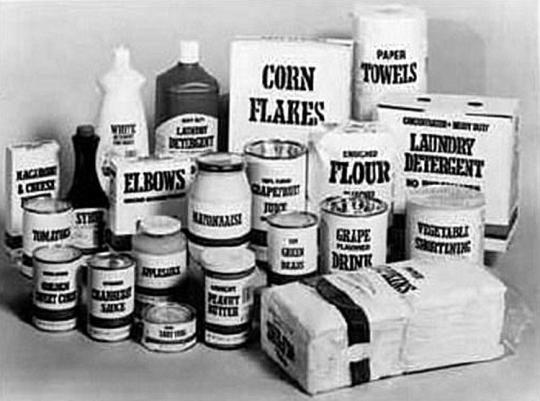
There was a stigma attached to buying those plain white or yellow cans with the black stripe. Your shopping cart may as well been screaming “I’m poor! I’m poor!” Generics became the butt of jokes back then, and at the expense of the people who needed them the most.
Once the economy recovered, generics went away, leaving us with national and private brands, with the latter recently coming into prominence once again during the current round of inflation. Walmart and Target have doubled down on their private label brands, launching several successful lines. Chains like Aldi and Trader Joe’s are about 85% private label.
And now Amazon has joined the fray. While they have also had private label goods in both their food and non-food products, they announced the arrival of a new line of even cheaper private label foods, Amazon Saver. One look at the packaging and I was transported back in time 40 years to generics, because these very closely resemble them, aside from the subtle Amazon branding at the top of the label.

In other words, these are “almost generic,” and positioned to appeal to the most cash-strapped customers. They will be available in Amazon’s small but growing number of grocery stores, as well as online. Most items come in under $5. Of course, only dry goods can be shipped, although if you live within range of their store, home delivery can be arranged for everything in the new line.
Amazon’s entrant signals their longstanding desire to break into the grocery business in a big way, something it has had limited success with so far, aside from its Whole Foods division. Groceries are an evergreen category, meaning that we buy them year-round. While margins in the food biz are low (think 20-22% gross profit on products, and 1-2% net profit at the store level), volume makes up for it. We have to eat.
These new items have to be good, though, or at least good enough to pass consumer muster. Consumers might be willing to sacrifice a little, but not a lot. After all, what we put in our mouth is of high importance.
As with private labels, Amazon must contract with food manufacturers to purchase their unused capacity. While there are some food companies that produce only private labels, the majority of the private labels (and the generics of yore) are from very familiar companies who find it in their best interests to utilize their capacity, even if it effectively means they are creating their own competition.
Still, the stark, blunt wording on the packaging reminds me of the generic days during grad school. “Pancake Syrup,” “Sweet Peas,” and so forth merely tell us what’s inside. Marketing hyperbole is kept to a minimum, with only the Amazon Saver micro-branding visible. That’s another way of saying they didn’t waste any money hiring graphic designers to craft fancy logos, characters, and so forth. Just the food, ma’am.
One other thing to consider: For those who don’t have an Amazon Fresh store near them, online ordering is the only other option. But the poorest among us are also the least likely to shop online, because that requires credit and debit cards. While Amazon has ventured into accepting state- and federal assistance payments for food, it’s a clunky proposition. Thus, the new line will likely appeal most to those a little less stressed financially, like the middle class.
The bottom line, though, is that this is a solid move by Amazon, and even if inflation stays relatively low, it is highly doubtful that prices will go down, except for promotions. That leaves everyone else trying to catch up, no small feat when all the other costs of living have skyrocketed. Good on Amazon for seeing an opportunity, and seizing it. I can only wish we had this in the early-80s.
Dr “What’s On Your Plate?” Gerlich
Audio Blog
0 notes
Text
Private Labeling VS Contract Manufacturing for Essential Oils

In the world of essential oils, two primary manufacturing options often stand out: private label and contract manufacturing. Understanding the details of these methods is crucial for those entering the essential oils industry. In this blog, we will discuss the core concepts - private label and contract manufacturing - as well as related terms like private labeling, contract manufacturing for natural essential oils, private label of essential oils, and essential oils manufacturing. Our aim is to provide you with a comprehensive understanding of these approaches to help you make informed decisions for your essential oils business. For detailed information, visit: https://www.essentialnaturaloils.com/blogs/natural-essential-oils/private-labeling-vs-contract-manufacturing-for-essential-oils
#contract manufacturing#contract manufacturing for essential natural oils#essential oil private label#essential oils manufacturer#private label
0 notes